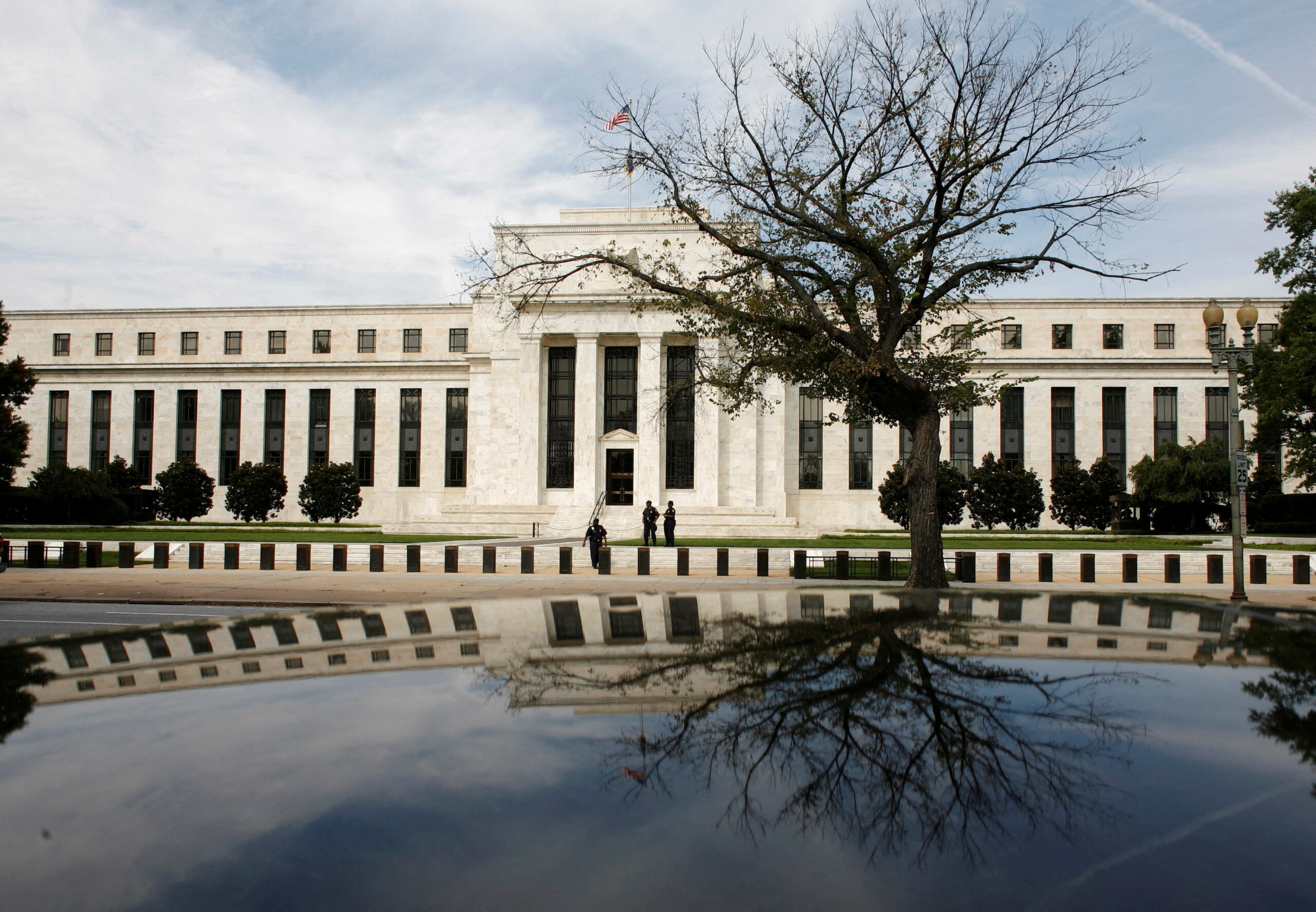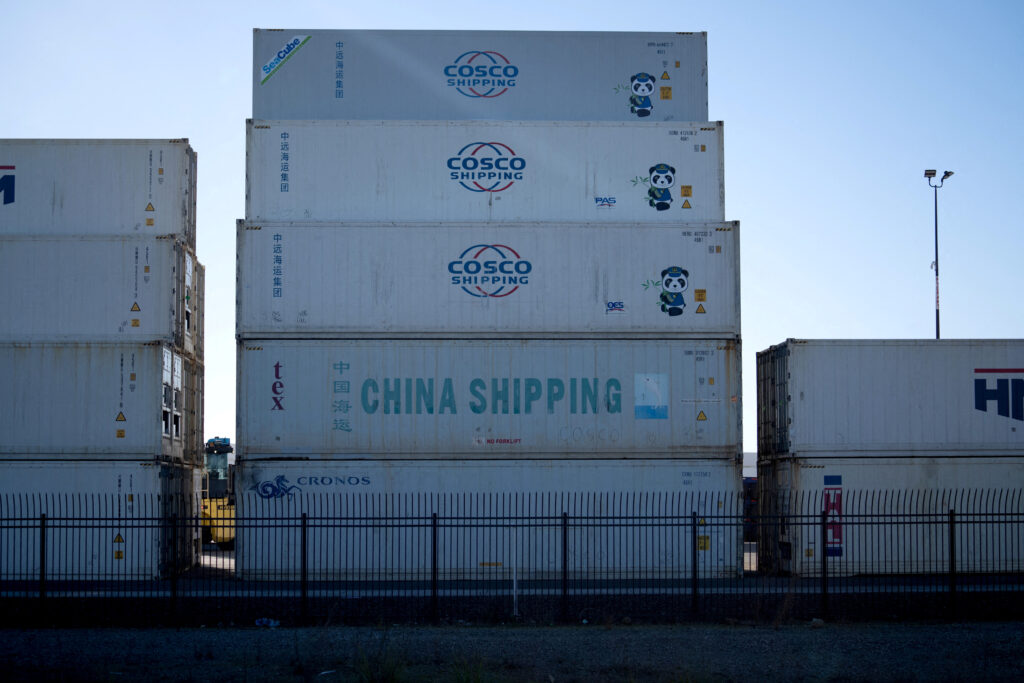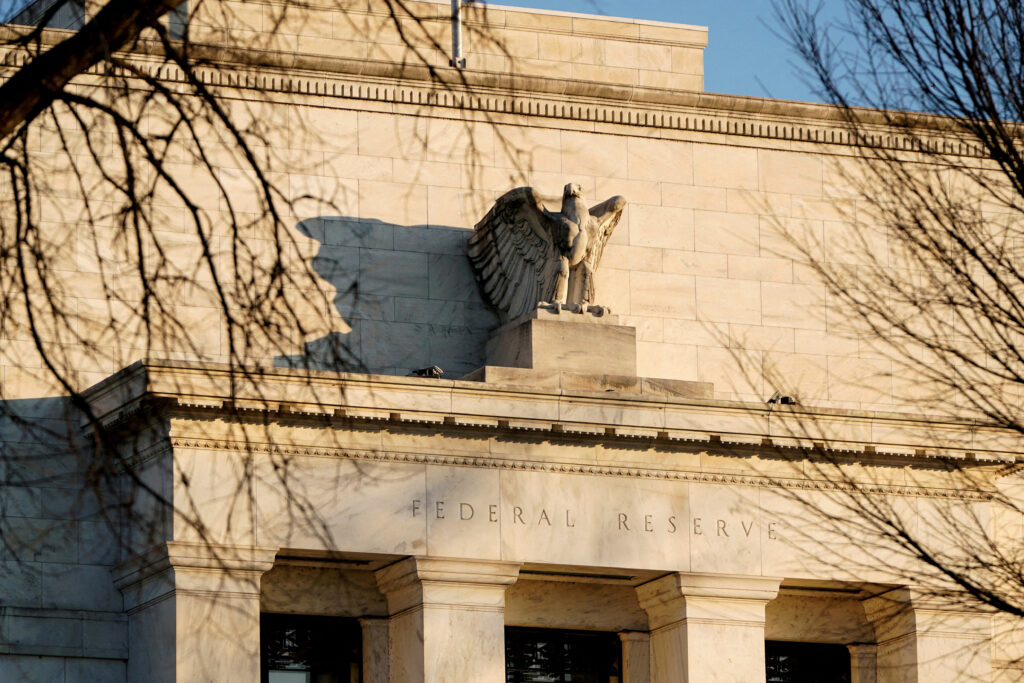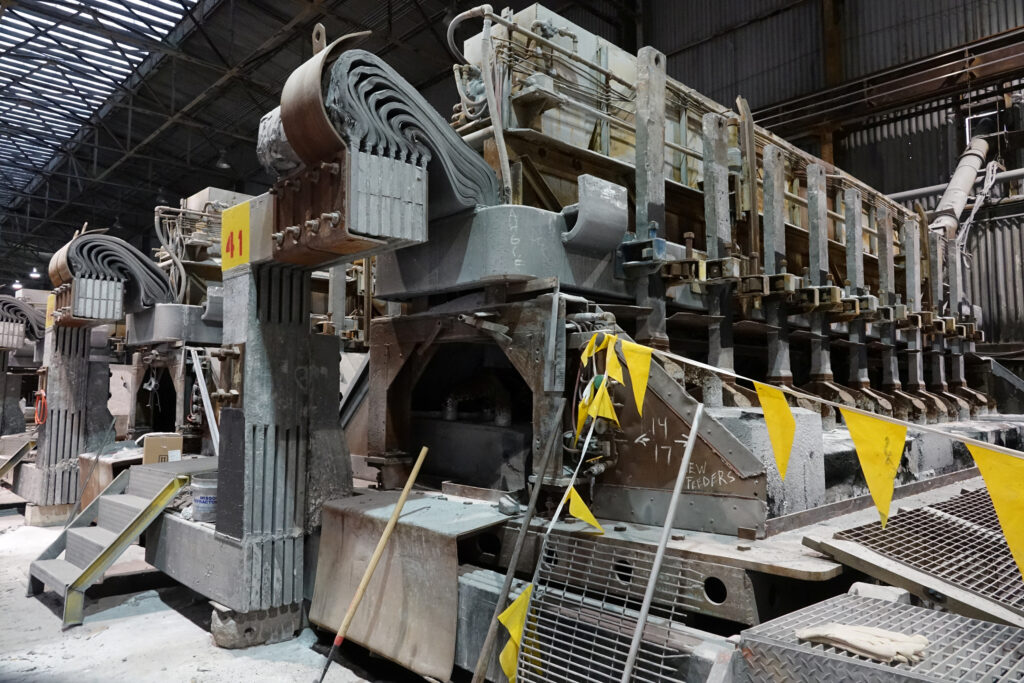WASHINGTON – Within weeks of Donald Trump’s 2016 election, U.S. Federal Reserve policymakers began mulling the impact of expected tax cuts and tariffs on the economy, penciling in rough estimates of what was to come, with some among them concluding higher interest rates may be needed to keep inflation in check.
That included Jerome Powell, then a Fed governor and now the central bank’s chair with chief responsibility for setting the course of monetary policy through the first 16 months of Trump’s next term. The Republican former president defeated Democratic Vice President Kamala Harris in last Tuesday’s election and will be sworn into office in January 2025.
Transcripts of the Fed’s December 13-14, 2016, meeting, before Trump had taken office, show Powell then said that because of the “expansionary fiscal stance” anticipated under the incoming administration, “somewhat tighter policy is likely to be needed.”
The Fed at that meeting raised its policy rate for the first time since the previous December, an increase that had been telegraphed beginning well before Trump’s victory over Democrat Hillary Clinton. But, for a variety of reasons, policymakers upped the expected pace of rate increases for 2017 and went on to deliver three rate hikes over the next 12 months instead of the two that had been expected prior to Trump’s election.
The Fed is now facing a similarly uncertain moment and potential tension with a second Trump administration as central bankers assess how far and fast they can cut interest rates while keeping inflation in check.
The economic measures Trump promised during the recent campaign echo what he pledged in 2016 – including more tax cuts, tariffs, and stricter immigration policy. Now, though, they will land in an economy in a very different situation, arguably one with inflation risks still percolating.
Minneapolis Fed President Neel Kashkari, in television interviews Saturday and Sunday, noted the potential for mass deportations to disrupt some businesses. Meanwhile, rising tariffs, if they trigger a “tit for tat” response from other nations, could become “more concerning,” he said, with the potential to lead to steadily rising prices.
“We will have to wait and see what gets implemented,” Kashkari said. “Right now we are just all guessing.”
‘BLINDERS ON’
Inflation was a central issue in Trump’s campaign against Harris. However, he now faces the tricky task of delivering on a set of expansionary promises in an economy that is running close to or perhaps above capacity without reigniting the rising prices he railed against.
Economic activity in 2016 was hampered by slack in labor markets and the wider economy, with the Fed hoping too-low inflation could be jolted higher. Now the economy is coming through a period of labor shortage, output is above estimates of potential, and the Fed is on guard against any sign price pressures are again building.
Though Powell at a press conference last Thursday said Trump’s election would have no “near-term” influence on monetary policy, if 2016 is a guide then initial staff estimates of how tariffs, tax cuts, and the loss of some foreign-born workers could influence the outlook are likely to be presented when the Fed next meets on December 17-18.
While reluctant to comment on the substance of Trump’s plans, central bankers may have already begun rethinking how fast and how far they can cut interest rates in the coming year. That could put them on an early collision course with the new administration if the “Trump 2.0” policies are seen as raising inflation risks the Fed has been fighting for over two years to vanquish.
For now, Bank of America analysts wrote, the Fed would take a “blinders on” approach and continue interest rate cuts meant to make policy less restrictive in acknowledgment of the sharp drop in inflation since 2022.
But those blinders may fall off fast. Fed staff by the December 2016 meeting had already ginned up estimates of what different tariff and tax cut proposals could mean and noted the higher interest rates they might require.
PACE AND DESTINATION
At December’s meeting, policymakers will update their economic projections, showing if they still think rates can fall as far as they’d expected at September’s meeting. Then the median estimate saw the benchmark rate dropping to 2.9% sometime in 2026. After a quarter-percentage-point cut at last Thursday’s meeting, the rate is now between 4.5% to 4.75%.
While Powell said the baseline outlook remained for monetary policy to gradually approach a “neutral” stance, he noted the “pace and destination” remained to be determined.
Powell’s comments at the press conference steered away from any direct discussion of the election or Trump, who elevated Powell to Fed chair but later branded him an “enemy” for pursuing monetary policy Trump considered too tight and disruptive to his own economic plans.
But the Fed chair, whose current term lasts until May 2026, also offered a coda of sorts on the era that is closing and a prologue for what’s ahead.
He noted a powerful paradox that may have proved decisive in the just-concluded presidential vote. After weathering a once-in-a-century pandemic, the economy was actually in great shape, Powell said, but people’s perceptions hadn’t caught up.
The challenge now is to keep things on track.
“It is actually remarkable how well the U.S. economy has been performing, with strong growth, a strong labor market, inflation coming down,” Powell said.
“We also know that people are still feeling the effects of high prices…It stays with you, because the price level doesn’t come back down. What it takes is years of real wage gains for people to feel better…We’re well on the road to creating that…What needs to happen is happening and for the most part has happened, but it will be some time before people regain their confidence and feel that.”
(Source: Reuters)
Edward Cooke is a financial analyst, freelance writer, and editor. He has six years of experience in financial journalism. He has an in-depth understanding of equities markets, tracking major indices and providing real-time analysis on stock price movements, corporate earnings, and market sentiment. Read Full Bio










